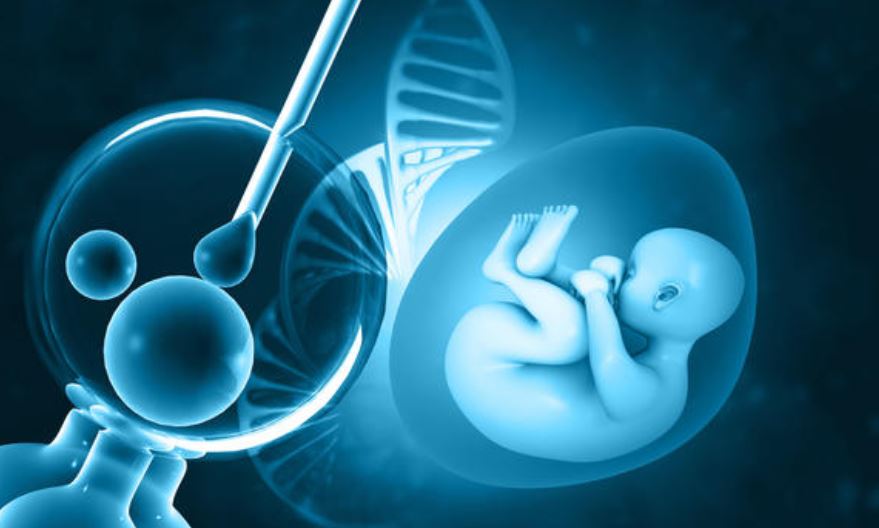In Vitro Fertilization-IVF
October 12, 2021 | 5 min read

October 12, 2021 | 5 min read

In 1977, Lesley and John Brown came to a clinic after 9 years of failed attempts to have a child. They opted for the in vitro fertilization (IVF) procedure. Here, an egg was taken from Ms. Brown and fertilized. The fertilized egg was developed into an 8 cell embryo before being returned to Ms. Brown. This procedure resulted in the very first successful IVF procedure and allowed for the birth of Louise Brown on 25th July 1978. Since then, more than four million individuals have so far been born following IVF. Many of them are now adults and some have already become parents.
Robert Edwards’ , a british scientist, was interested in the biology of fertilization all the way back in the 1950s. His interest stemmed from the fact that then, it had recently been reported that egg cells from a rabbit could be fertilized in a test tube with sperm added. This gave rise to an offspring. Edwards’ spent his life trying to develop this technique in humans. In his journey, he determined many different important discoveries. He learned that the life cycle of human eggs are entirely different from that of rabbits, he clarified how hormones regulate the maturation of a human egg cell, and even the strict conditions under which a sperm is activated and has the capacity to fertilize an egg. These were all individual fundamental stepping stones. Edwards’ goal was clear, however, a major problem he faced was that despite putting together all the information he gathered, the fertilized egg would not develop beyond cell division.
Edwards’ was using in vitro matured egg cells and felt like the environment in which the eggs matured may be playing a role in the ability of a fertilized zygote to develop into an embryo. To solve this problem, Edwards’ teamed up with a gynecologist Patric Streptoe, a pioneer in the laparoscope, a technique that allowed the optical inspection of ovaries. Streptoe used the laparoscope to remove eggs and added to a cell culture with sperm. With this method, Edwards’ finally observed the formation of an early embryo!
Another major hurdle faced by the team was the loss of funding for such a controversial project. The research was an ethical debate among several religious leaders, ethicists, and scientists who demanded that the project be stopped. There were however others that helped push the project forward and this technique obtained private funding to develop further.
The Bourn Hall Clinic in Cambridge is the world's first center for IVF therapy. This was established by Edwards’ and Streptoe with Streptoe as its medical director till his death in 1988. Edwards’ too was the head of its research till his retirement. Robert Edwards was awarded the 2010 Nobel Prize for the development of human in vitro fertilization (IVF) therapy.
Today, Robert Edwards vision is a reality and brings joy to infertile people all over the world. IVF is now seen as a safe and renowned therapy. It has a success rate of 20-30% of fertilized eggs leading to the birth of a child. The best evidence of effectiveness of this therapy is the fact that Louise Brown and several other IVF children have even given birth to children themselves.